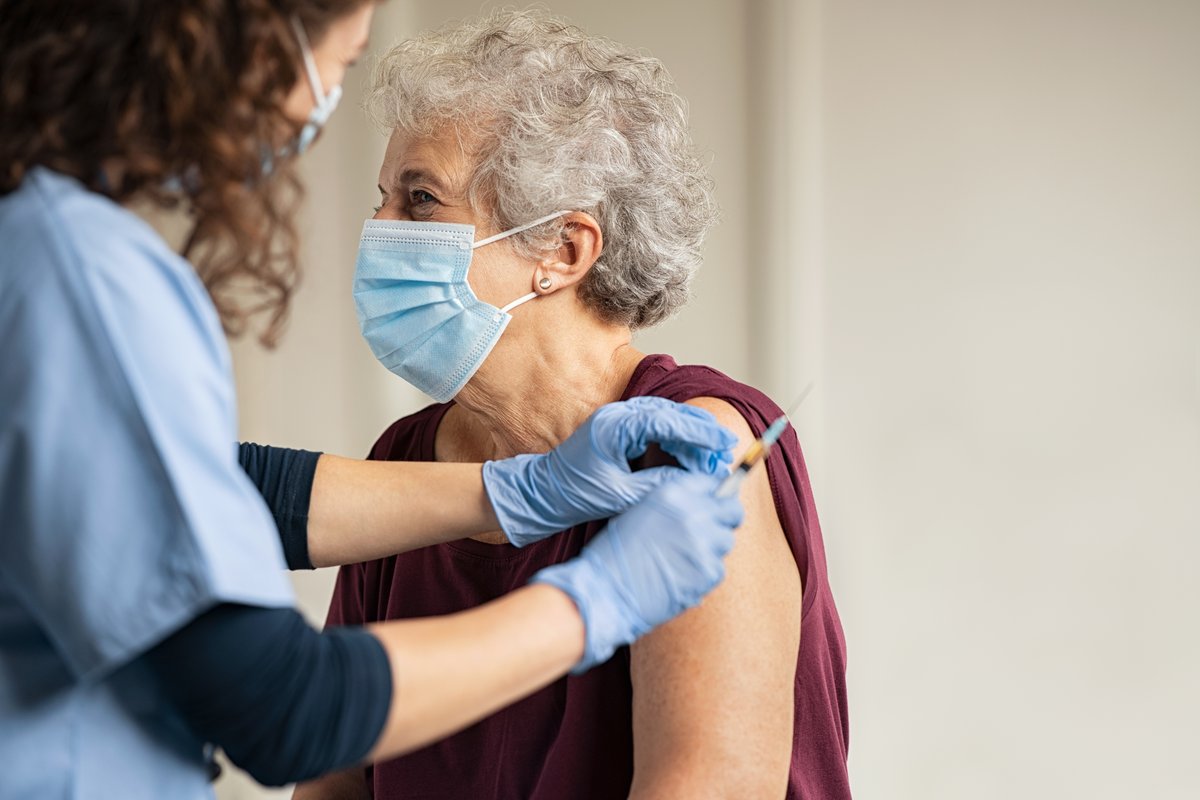
(April 2021) COVID-19 is a worldwide crisis every country has to deal with. Globally, over 82 million confirmed cases and 1.8 million deaths were reported by the end of 2020. Every country tries to cope with the fast spread of the virus to minimize infection and mortality rates and to relieve health systems. Since January 2021, the successful licensing of different vaccines could provide possible ways out of the crisis. However, as pharmaceutical treatments and vaccine resources are still limited, a specific focus in managing infection rates still lies on non-pharmaceutical measures. Politicians try to find a balance between the avoidance of human losses and negative social and economic consequences. Therefore, focussing research on disease dynamics under different conditions is important to find suitable strategies.
Which strategy is effective for further pandemic control to minimize human losses? Are COVID-19 vaccines a game changer in the pandemic development? A current study by Rachaniotis et al. tries to figure out by analysing different conditions with SHARE Wave 8 COVID-19 data using Greece as an example.
Different scenarios and vaccination rates can predict COVID-19 development
Rachaniotis et al. assessed the impact of different non-pharmaceutical interventions and vaccination rates on transmission and further pandemic development using Wave 8 COVID-19 data of the Survey of Health, Ageing and Retirement in Europe (SHARE) conducted in Greece in combination with publicly available data. Therefore, the possible development of infection and mortality rates under different conditions for two phases (until February 2021 and February till end of June 2021) were assessed to predict disease dynamics: first, the effect of lifting all control measures and national lockdowns, second, the effect of a “semi-lockdown”, a combination of partial opening of schools and retail and maintaining restrictions like mask wearing and at least 50% teleworking, third, the effect of a “rolling lockdown” with a partial measures´ lift and a third national wide lockdown in February 2021.
A specific focus lies on the role of vaccination rates. Therefore, the effectiveness and consequence of three different vaccination rates were analysed: 81.000, 60.000 or 40.000 vaccinated persons per day.
SHARE Wave 8 COVID-19 data show that semi-lockdown strategies can flatten the curve
The results show that a combination of partial openings and maintaining specific restrictions is most effective. Semi-lockdown strategies reach lower numbers of fatalities (5,7% less expected fatalities) and outperform the rolling lockdown policy. Maintaining control measures like face masks and at least 50% teleworking can reduce the spread and be an effective strategy for further pandemic development as long as vaccine resources are limited. Nevertheless, partial openings of schools and retail will increase infection rates due to mobility. A stringent lockdown would probably be more effective but the economic and social consequences would be enormous. As predicted, the results show that lifting all restrictions and national lockdowns with only recommendations for social distancing result in the highest number of predicted fatalities and in uncontrolled disease spread.
High vaccination rates reduce mortality rates
Vaccines´ supply and vaccination rates play a key role in minimizing death rates. The results show that the highest vaccination rate with around 81.000 vaccinated persons per day is most effective for pandemic control. Lower vaccination rates result in around 100 more fatalities.
Overall, this finding using Greece´s further pandemic development as an example shows that high vaccination rates and a combination of vaccination and control measures like face masks and teleworking are effective in the struggle against COVID-19. Research on possible impacts of specific strategies are important to support decision makers in suggesting a policy pathway to be followed until the majority of the population is vaccinated.
Turning point in the pandemic development?
As COVID-19 vaccine resources are still limited, this study using SHARE Wave 8 COVID-19 data conducted in Greece provides important recommendations to find a balance between the utilization of limited vaccine resources and maintaining control measures. Research can help to find suitable answers on how to deal with COVID-19 and to find an optimum strategy for the next months. High vaccination rates are most effective to reduce fatalities and control the pandemic in its further development. At least 60% of a given population should be vaccinated to obtain herd immunity. As long as vaccine resources are not available for the majority of the population, a combination of vaccination with control measures such as face masks and social distancing are essential to avoid human losses.
Study by Nikolaos P. Rachaniotis, Thomas K. Dasaklis, Filippos Fotopoulos and Platon Tinios (2021). A Two-Phase Stochastic Dynamic Model for COVID-19 Mid-Term Policy Recommendations in Greece: A Pathway towards Mass Vaccination. International Journal of Environmental Research and Public Health 18(5). Doi: 10.3390/ ijerph18052497
URL: https://www.mdpi.com/1660-4601/18/5/2497/htm
Photo: Adobe Stock / Rido

